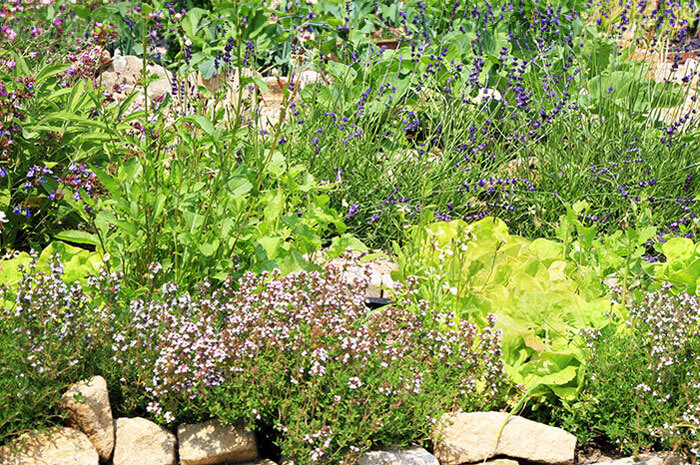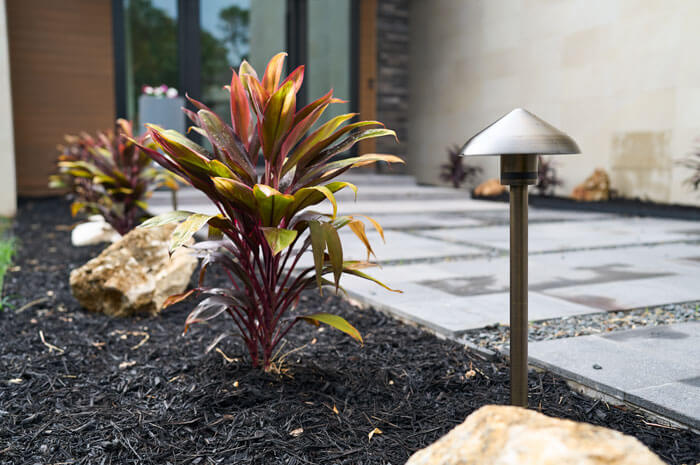
Planting trees in your yard can transform any outdoor space into a welcoming oasis.
Before picking a single new tree for your yard, however, it’s essential to determine why you’re planting, what your goals are and how much effort you’re able to commit to maintenance.
After that, all that’ll be left is to dig in — literally.
Assess Your Yard
Before you decide what trees you should plant in your yard, you’re first going to have to assess the space. Consider and take note of the following external factors:
- Size of your yard. Take a stroll around your yard and note its size and shape. Measure the available space to understand how much room you have for trees to grow comfortably.
- Amount of sunlight. Observe the sunlight patterns throughout the day. Note which areas receive full sun, partial sun or none at all. This will help you with selecting trees that match the available light for your yard.
- Soil quality and content. Dig a small hole to inspect your soil’s texture and moisture level. You don’t need to be a soil expert to do this — just note if it feels more sandy, loamy or clay-prominent.
- Hardiness zone. This one you can’t do by going into your backyard. Instead, you’ll have to venture somewhere far more vast — the internet. Do research on which hardiness zone you live in so that you can choose trees capable of thriving in local weather conditions.
- Available water. Think about your watering routine and local rainfall statistics. You should be picking a tree that aligns with the upkeep you, and your local climate, are able to give.
- Pests and diseases that impact local trees. Look into common pests and diseases in your region. Opt for picking trees with a good resistance to those potential challenges — reducing the likelihood of problems. If you want shrubs, think of choices that won’t attract rabbits or other pests.
- Relevant native species. Research native tree species and examine any already growing in your or your neighbors’ yards. What you’ll find are plants already adapted to your area’s ecosystem — requiring less fuss to thrive while benefiting local wildlife.
Before you finish assessing your yard, you’ll want to consider these internal factors as well:
- How much patience you have for maintenance. Selecting the right trees for your yard goes beyond what will grow best. You also have to determine how much upkeep you’ll have time for. If you don’t want to spend too much time cleaning up dropped leaves, for example, you might want to avoid planting willow trees.
- The reason you’re planting trees in the first place. When thinking about how to choose trees for your yard, keep their planned purpose in mind – providing shade, enhancing privacy, attracting birds, looking beautiful or something else entirely. This will help guide your selection.
- How your new trees might impact your neighbors. Think about the impact of your trees on neighbors. Avoid trees that might block their view or invade their space as they grow.
- Existing rules and regulations. Check if your neighborhood, homeowners’ association or municipality have any tree-related guidelines. Some areas have restrictions on species or planting locations.
Selecting the Right Trees for Your Yard
There are many varieties of trees out there. When it comes to selecting trees for your yard, we’re going to focus on the three main groups: deciduous, coniferous and evergreen.
- Deciduous Trees. These trees shed leaves seasonally, typically in the fall. Their leaves change color before falling off, creating the autumn foliage everyone knows and loves. The cooling shade they offer in summer, along with the open exposure to sunlight they allow during winter, make deciduous trees versatile additions to landscapes for both functional and aesthetic reasons. During the winter, deciduous trees remain bare until new leaves grow in the spring. Examples of deciduous trees include maple, oak, birch and cherry varieties.
- Coniferous Trees. A subset of evergreens that produce cones, coniferous trees are typically adapted to colder climates, but can be found around the world. The cones produced by coniferous trees provide a unique benefit: supporting biodiversity by offering food and shelter for various wildlife species. Examples include some pine, spruce, fir, and cypress varieties.
- Evergreen Trees. Retaining their leaves (or needles) year-round, evergreens don’t have a distinct leaf-shedding season and can maintain their foliage even in particularly cold or dry conditions. The year-round privacy, wind protection and sound-buffering capabilities of evergreens make them a popular choice for creating ideal outdoor environments. Examples of evergreen trees include pine, spruce, cedar and juniper varieties.
Picking a tree from these varieties, put simply:
- Deciduous trees are good for those seeking seasonal beauty and ample summer shade. There’s the greatest amount of variety with deciduous options — a great choice if you’d like to shape up your yard with a variety of different trees that have similar planting needs.
- Coniferous trees offer some of the main benefits of evergreens but also offer distinct appearance variations and biodiversity benefits. They’re a good pick if you’d like to see green throughout the year but also have a fondness for squirrels.
- Evergreen trees are good for those who prefer year-round greenery and solid windbreaks. These trees also have dense growth, making them ideal choices for areas of your yard more prone to erosion.
When it comes to how to choose trees for your yard, it’s best to pick varieties that meet your needs. For example, tree height is key, given it can impact shade, privacy and whether a view may become obstructed. Height considerations are important for planning, and can be used to narrow your choices.
However you plan on planting trees and landscaping your yard — whatever tools you need — Toro is here to help. Check out the expert-backed Toro YardCare blog for more tips and tricks year-round.



